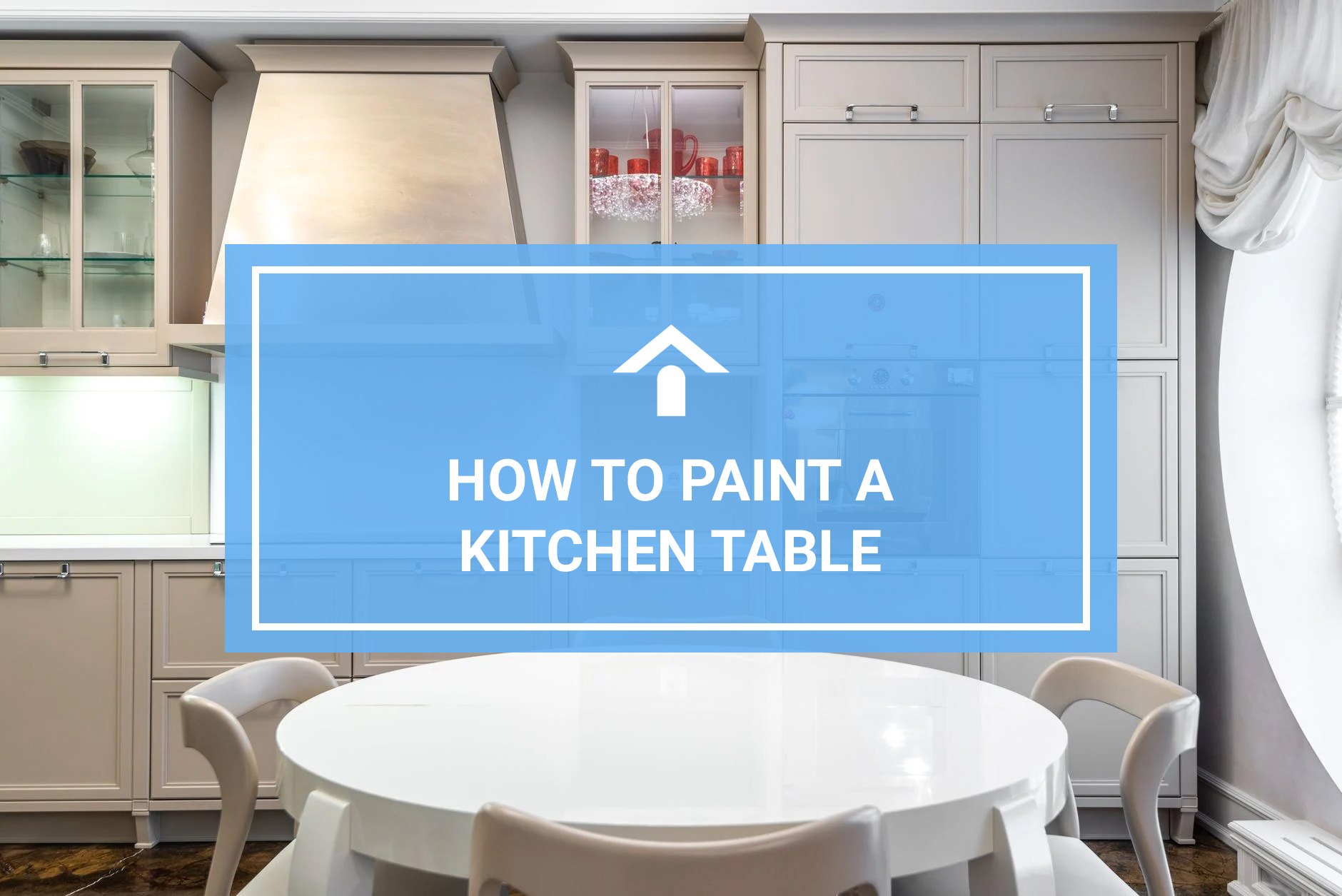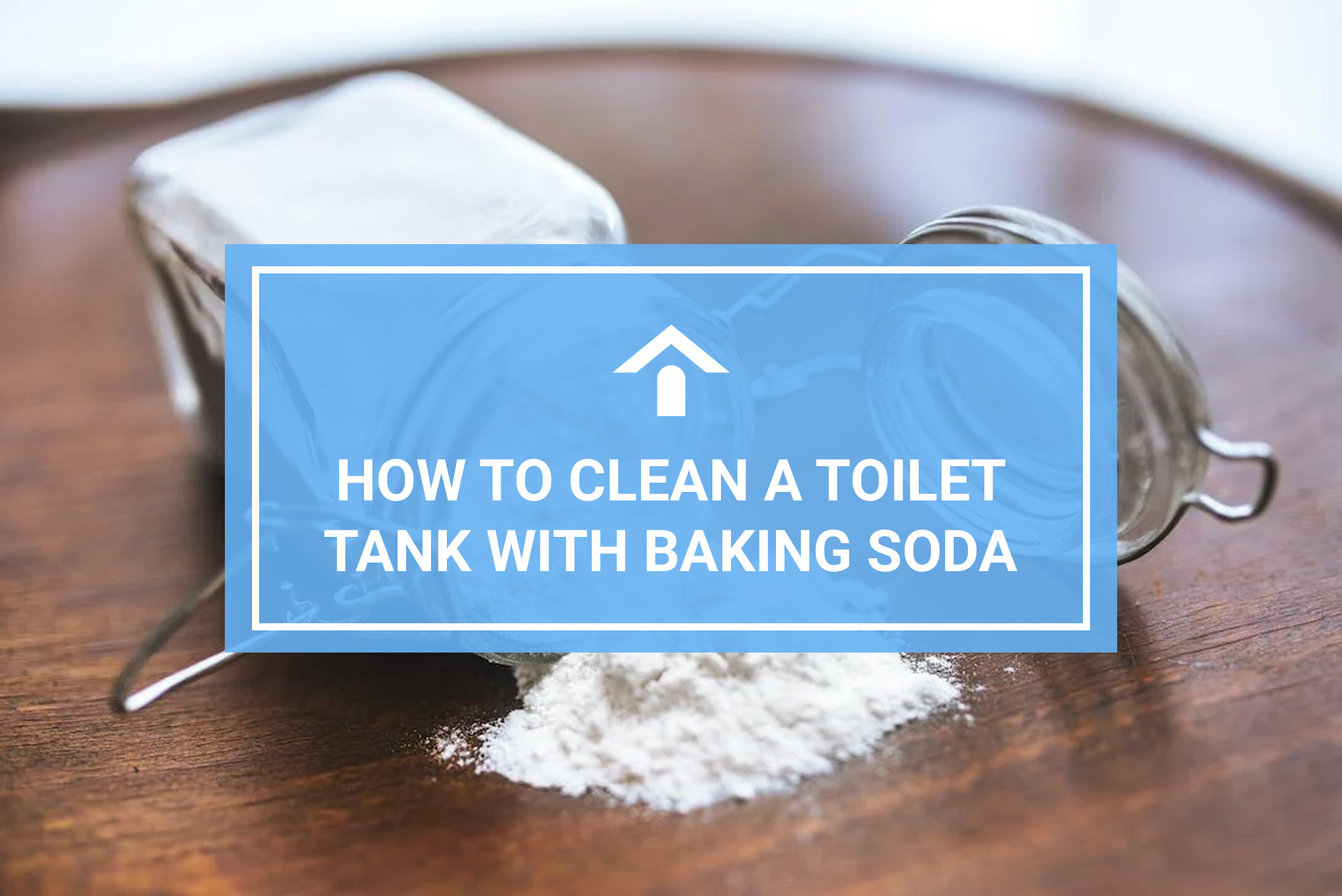Kitchen tables take a real beating. They’re the heart of most homes, where all the action happens. And that means they get scuffed, faded, stained, scratched, and just plain out of style as time goes on.
Then, one day, you’re looking at the table and a thought suddenly creeps into your head: It’s time to put that table out by the curb.
Don’t listen. You don’t have to get rid of your kitchen table. You can give your table a new coat of paint to save yourself some money and give your kitchen a like-new feel again. But that brings up another important thing you need to know: how to paint a kitchen table.
We’ve got you covered. This quick and simple guide will take you through the basic steps of painting a kitchen table. Read on to learn more.
Painting a Kitchen Table: Step by Step
Getting your kitchen table from banged up to beautiful again may feel like a big undertaking, but if you break it down into simple steps, it’s not bad at all. Here’s the step-by-step.
What You’ll Need
First, gather all the materials you will need to paint your kitchen table:
- Sandpaper or an orbital sander
- Clean dust cloths
- Stain-blocking primer
- Paint rollers
- Paint brushes
- Paint sprayer
- Sanding wedge
- Paint
- Protective wax or varnish
- A dust mask
- Protective glasses
Step 1: Sand the Table
After putting on your dust mask and protective glasses, your first step will be to thoroughly sand your kitchen table. While it is possible to do this by hand with sandpaper, it’s much easier and more precise to do it with an orbital sander and medium-grit sandpaper.
Sand the table evenly and thoroughly, paying special attention to scuffed or scratched areas. When you think you have sanded enough, close your eyes and run your hand along the surfaces of the table. It should be perfectly smooth to the touch. Sand any areas that have remained rough.
Step 2: Apply a Primer
Using a clean, dry cloth, wipe down the table to remove any debris remaining from the sanding. Now, you’re ready to apply a primer. Because the tabletop is going to have a lot of wear and tear over time, you’re going to want to apply a couple of thick coatings of primer. Ensure that you have chosen a primer that is stain-resistant.
To get a thicker, more durable coating, use a roller or brush on the tabletop. Allow the first primer coat to fully dry before applying a second coat. For the table legs and hard-to-reach crevices, use a sprayer to apply the primer coatings.
Step 3: Smooth Rough Patches
Check the surfaces you have just primed — particularly the parts on which you used the roller. Look for any rough or gritty areas that may have formed, and use a sanding wedge (medium grit) to smooth them over.
Step 4: Apply a High-Quality Paint
This is the fun part. With your kitchen table fully sanded and primed, you’re ready to paint it. The paint you choose will depend on your desired style and preferences, but quality is key here. If there’s one part of the process of painting a kitchen table that you don’t want to skimp on, this is it.
An enamel- or oil-based paint will typically work perfectly. You will need between two and three coats, and you will need to allow each coat to fully dry before applying the next. Apply the paint with a paint sprayer — not a spray paint can! — evenly on all surfaces of the table. You may need to use a paint brush to reach crevices and parts of the table’s legs.
Step 5: Add Some Protection
If you’re an impatient person, buckle up. This is going to require some patience. You need to wait for two to three days before you complete the final step of how to paint a kitchen table, which is applying a protective coating.
This is a step you don’t want to skip because your kitchen table is far more than decorative — it’s a highly trafficked part of your home that will quickly show wear and tear if it isn’t protected. There are various products to choose from here, but most people choose wax or varnish for kitchen tables.
In any case, apply the protective coat to the fully dried painted surfaces by applying small amounts and using a clean cloth to rub it in circles to create an even coating. Rub until the layer is shined and fully applied. Allow it to dry and cure.
Mistakes to Avoid While Painting a Kitchen Table
That’s how to paint a kitchen table in a nutshell, but this is a process that can present some possibility of making mistakes. Not to worry — we’ve covered the most common kitchen table painting mistakes and how to avoid them below.
Sanding Too Little
For some reason, many people are shy with the sander. Perhaps it’s a fear of going overboard with an expensive furniture item, but in any case, it’s important to thoroughly sand your table before you apply primer or paint. Any imperfections on the surface of the table will stick out like sore thumbs when you’ve finished the job, and that takes away from the satisfaction of getting the job done.
Using a Paint Brush
Most people are comfortable with a paint brush, but they’re a little shaky with a roller or paint sprayer. But painting a kitchen table is not the ideal time to use a paint brush. Because you want your coats of paint to be as even as possible, you need to resist the temptation to paint the table with a brush and opt for a sprayer and/or roller instead. Of course, you will likely need to use a paint brush for the more intricate portions of the table, such as any crevices or decorative legs.
Applying Just One Coat
Painting a kitchen table is kind of a big job, so it’s understandable if you’re tempted to call the job done once you’ve applied the first coat of paint. Not only do you still have to apply a protective varnish or wax, but you are also short at least one — if not two — coats of paint. Applying additional coats of paint is how you get an even and full look, which is precisely what you’re going for if you’re painting a kitchen table to look like new.
Putting the Table Back in the Kitchen Too Soon
Finishing a DIY project is fun, but the best part is showing off the finished product. Still, you need to wait before you put your fresh and beautiful kitchen table back in the kitchen. Keep it in a cool, dry place as it dries, and leave it there a couple of extra days to allow it to cure, too. If you put the table back in action too soon, you risk getting stains and fading in places where hot or cold dishes sit.
Throwing Away the Paint
You’re all done painting your kitchen table, so you throw away the brushes, rollers, and paint. That’s a big mistake. Why? Because the table is inevitably going to suffer some kind of damage to its beautiful new coat of paint, and when it does, you’ll be kicking yourself for throwing away the paint you now need to touch up the damaged spot. So, keep the paint somewhere you’ll remember, and touch up your table with it regularly to keep it looking gorgeous.
Fun Kitchen Table Painting Styles to Try
The basics of how to paint a kitchen table are a challenge for some DIYers, but if you’re looking for a more advanced project that produces a fun style for your family’s kitchen, check out these kitchen table painting ideas.
Chalkboard Paint
If you have kids or even a spouse who likes to keep their hands occupied, this kitchen table style will be a hit. Find a chalkboard paint, and apply it to the tabletop. This creates a chalkboard-like surface that kids can draw on with chalk and erase later. It’s fun and family-friendly, and it’s perfect for keeping those little hands occupied while you’re finishing up dinner.
The Dipped Look
If you’re looking for an eye-catching accent to bring your kitchen or dining area together, consider painting your kitchen table in the “dipped” style. This style creates the effect of the table looking like it was held by either the tabletop or legs and dipped into a large vat of paint.
To create this look, paint either the bottom half of the legs or the top half of the table and part of the upper legs. The wood of the unpainted portion will peek out from the painted part to create the classic dipped effect you’re going for.
Geometric Patterns
A solid color or two-tone table is a kitchen classic, but it may be a little boring for your tastes. If so, why not try painting your kitchen table with an interesting geometric pattern on the tabletop?
This effect may look complex on the finished product, but it is relatively simple to create. Simply pick the pattern you would like to paint, and use painter’s tape and a ruler to create an evenly spaced and perfectly shaped pattern. Paint the patterned portions, and you’re all done.






